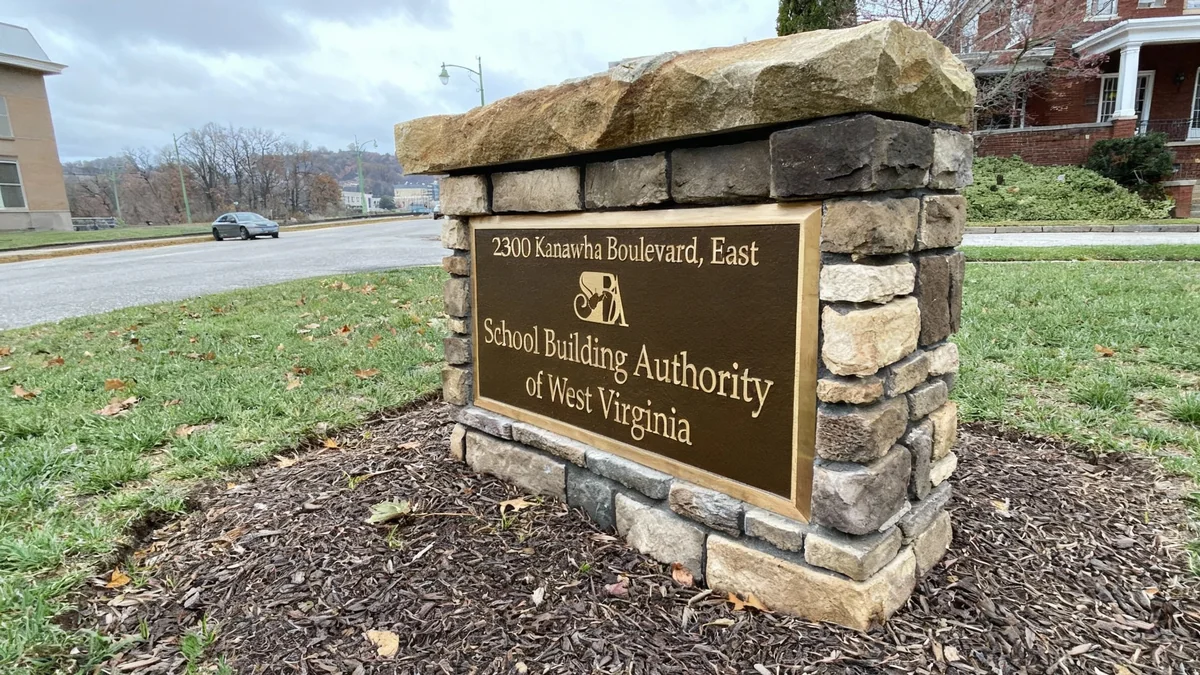Officials from 31 county school districts across West Virginia are set to present their cases for critical infrastructure funding this week, collectively requesting over $170 million from the state's School Building Authority (SBA). However, with only $43.5 million available in the current funding cycle, the authority faces difficult decisions on how to allocate the limited resources.
The funding requests, part of the SBA's annual "NEEDs grants" program, highlight a wide range of urgent requirements in schools throughout the state, from basic roof repairs and HVAC system replacements to major renovations and expansions of career technical programs.
Key Takeaways
- 31 West Virginia county school districts are requesting more than $170 million in infrastructure funding.
- The state School Building Authority (SBA) has only $43.5 million to distribute for these projects.
- Requests include essential maintenance like HVAC and roof replacements, as well as major school renovations.
- Each superintendent will have a 10-minute interview to advocate for their district's needs.
- Funding decisions will be announced by the SBA on December 15.
A High-Stakes Pitch for School Improvements
Superintendents will appear before the state School Building Authority in Charleston on Monday and Tuesday, each given a brief 10-minute window to make their pitch. These short interviews serve as a crucial opportunity for district leaders to emphasize the urgency of their proposed projects directly to the decision-makers.
The process is designed to allow for a direct exchange between the SBA members and the superintendents. "It’s a good Q and A time for authority members to the superintendents," said SBA Executive Director Andy Neptune. He noted that these face-to-face meetings allow school leaders to "really drive home their need and hopes to be able to get funding for their county."
Funding at a Glance
- Total Requested: Over $170 million
- Total Available: $43.5 million
- Funding Gap: Approximately $126.5 million
- Number of Counties Applying: 31
The significant gap between the amount requested and the funds available underscores the immense pressure on the SBA. The authority must carefully evaluate each proposal to distinguish between immediate necessities and projects that, while beneficial, might be considered less critical.
"There are a lot of good projects and how we’re going to come to a final decision on that is going to be tough for sure," Neptune acknowledged.
He emphasized the challenge of prioritization. "You have to kind of distinguish the difference–sometimes there are wants and sometimes there are needs so you have to dig deep into those," he explained.
From Leaky Roofs to Modern Classrooms
The nature of the funding requests paints a picture of an aging educational infrastructure across the state. A significant portion of the proposals centers on fundamental maintenance that can no longer be deferred. These include replacing failing HVAC systems and deteriorating roofs, issues Neptune attributes largely to the age of the buildings.
However, the needs extend beyond basic repairs. Several counties are also seeking funds for renovations and additions to accommodate shifting student populations. With declining enrollment in some areas, districts are consolidating schools and require funding to adapt existing buildings to house more students or new programs.
What are NEEDs Grants?
The Needs-Based School Construction Funding grants are administered by the West Virginia School Building Authority. The program is designed to help counties finance major capital improvement projects that they cannot afford on their own. The process is competitive, requiring counties to demonstrate a clear and pressing need for the funds to ensure the health, safety, and educational adequacy of their school facilities.
The projects submitted for consideration this year are diverse, reflecting the unique challenges faced by each county.
Spotlight on Major County Requests
Several large-scale projects are vying for a portion of the $43.5 million pool. Here are some of the notable proposals:
- Berkeley County: The district is seeking $16.1 million for significant addition projects at Hedgesville High School and Rosemont Elementary School.
- Raleigh County: A request for over $13 million has been submitted to complete the third phase of extensive renovations at Woodrow Wilson High School. The county has already secured $14 million in local matching funds for the project.
- Taylor County: Officials are asking for just over $5 million to fund comprehensive interior and exterior renovations at Grafton High School.
- Logan County: The district needs $5.8 million to replace the aging HVAC system at Man High School, a critical infrastructure need.
- Morgan County: A request for $4.4 million targets roof replacements at two schools, Warm Springs Intermediate and Warm Springs Middle School.
- Mason County: School officials are seeking $3.2 million from the SBA to expand the Diesel Technology Program at the county’s career and technical center, a project aimed at enhancing workforce development.
The Path to a Decision
Following the two days of presentations, the School Building Authority will deliberate on the proposals. The members are tasked with weighing the urgency, scope, and long-term impact of each project against the limited budget.
Factors likely to be considered include the safety and health of students, the potential for a project to improve educational outcomes, and the ability of a county to contribute local funds. The large local match from Raleigh County, for example, could be a significant factor in the SBA's evaluation.
The process reflects a statewide challenge: balancing the maintenance of existing, often decades-old facilities with the need to modernize and adapt for 21st-century learning. The expansion of career and technical programs, like the one proposed in Mason County, highlights a growing focus on preparing students for the modern workforce.
The final funding awards will be a critical lifeline for the selected counties, enabling them to move forward with projects that have been planned for years. For the districts not chosen, the process of seeking alternative funding sources or waiting for the next SBA cycle will begin again. The authority is scheduled to announce its final decisions at its meeting on December 15.





